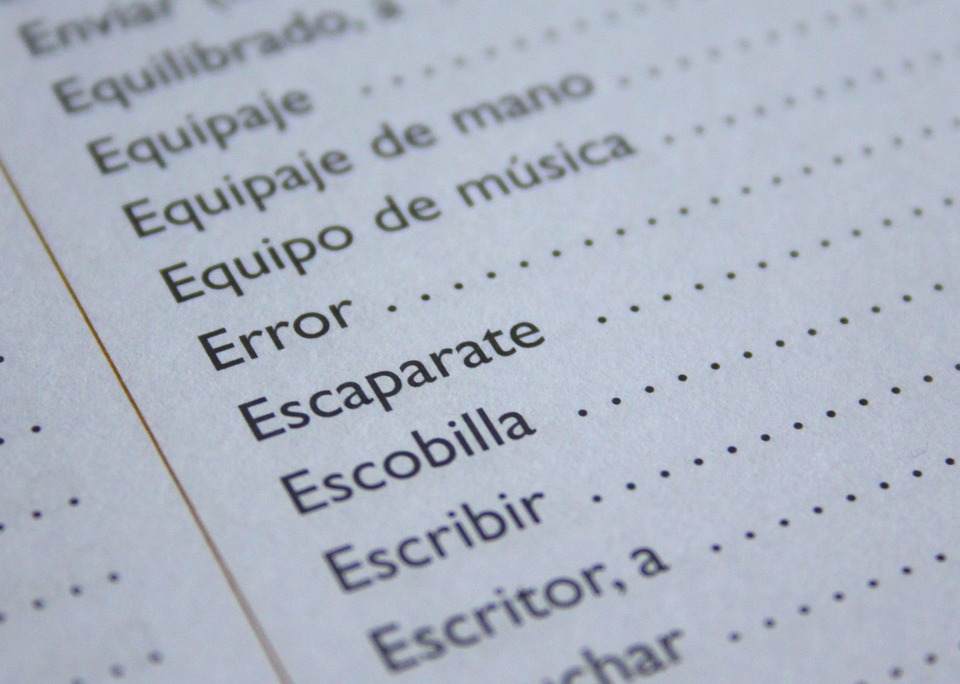Spanish Visionaries: The Intersection of Religion, Culture, and Supernatural Beliefs
The Role of Religion in Spanish Culture
Religion has played a significant role in shaping Spanish culture and society for centuries. As a predominantly Catholic country, Spain has a rich tradition of religious practices, rituals, and beliefs that have influenced every aspect of daily life. The intersection of religion, culture, and supernatural beliefs in Spain has given rise to a unique spiritual landscape that has produced many visionaries and mystics throughout history.
One of the most famous Spanish visionaries is Saint Teresa of Ávila, a Carmelite nun and mystic who lived in the 16th century. She is known for her spiritual writings, particularly her autobiography “The Life of Teresa of Jesus,” in which she describes her mystical experiences and encounters with supernatural beings. Saint Teresa’s visions and revelations were deeply rooted in her Catholic faith and played a significant role in shaping her understanding of God and the divine.
Another prominent Spanish visionary is Saint John of the Cross, a Carmelite friar and mystic who was a contemporary of Saint Teresa. He is best known for his poetry, particularly his Spiritual Canticle and Dark Night of the Soul, which explore the soul’s journey towards union with God. Saint John’s mystical experiences were also rooted in his Catholic faith and his deep spiritual practice.
The Influence of Culture on Spanish Visionaries
In addition to religion, Spanish culture has also played a significant role in shaping the visions and mystical experiences of its visionaries. Spain has a rich cultural heritage that includes a blend of Christian, Moorish, and Jewish influences, which have contributed to the diversity and complexity of its spiritual landscape.
One of the ways in which Spanish culture has influenced its visionaries is through its art and architecture. Spain is home to some of the most magnificent churches, cathedrals, and religious artworks in the world, which have inspired countless individuals to seek out transcendent experiences and encounters with the divine. The beauty and grandeur of these religious works have the power to evoke awe and wonder in those who behold them, creating an atmosphere conducive to spiritual revelation.
Another way in which Spanish culture has influenced its visionaries is through its tradition of storytelling and folklore. Spain has a rich tradition of myths, legends, and superstitions that have been passed down through generations, creating a fertile ground for the emergence of visionary experiences and supernatural beliefs. These stories often feature encounters with ghosts, spirits, and otherworldly beings, blurring the lines between the natural and supernatural worlds and challenging conventional understandings of reality.
The Connection between Supernatural Beliefs and Spanish Visionaries
Supernatural beliefs have long been intertwined with the visions and mystical experiences of Spanish visionaries. Many of these individuals claim to have had encounters with angels, demons, saints, and other spiritual beings that have guided and influenced their lives. These supernatural encounters often serve as a source of inspiration and guidance for visionaries, shaping their spiritual beliefs and practices.
One famous example of a Spanish visionary with supernatural beliefs is Bernadette Soubirous, a young girl from Lourdes, France, who claimed to have seen visions of the Virgin Mary in the 19th century. Her encounters with the Virgin Mary led to the creation of the Sanctuary of Our Lady of Lourdes, a major pilgrimage site for Catholics around the world. Bernadette’s supernatural experiences were deeply rooted in her Catholic faith and helped to solidify her status as a visionary and saint.
Another example of a Spanish visionary with supernatural beliefs is Mother María de Ágreda, a Franciscan nun who claimed to have had visions of the Virgin Mary and other heavenly beings in the 17th century. She is best known for her mystical writings, particularly her work The Mystical City of God, in which she describes her encounters with the divine and the spiritual insights she gained from them. Mother María’s supernatural experiences were integral to her understanding of God and the mystical tradition of her faith.
In conclusion, the intersection of religion, culture, and supernatural beliefs in Spain has given rise to a rich tradition of visionary experiences and mystical practices. Spanish visionaries have long been inspired by the religious, cultural, and supernatural forces that shape their world, leading them to seek out transcendent encounters with the divine. The visions and revelations of these individuals have played a significant role in shaping Spanish spirituality and contributing to the country’s unique spiritual heritage.
